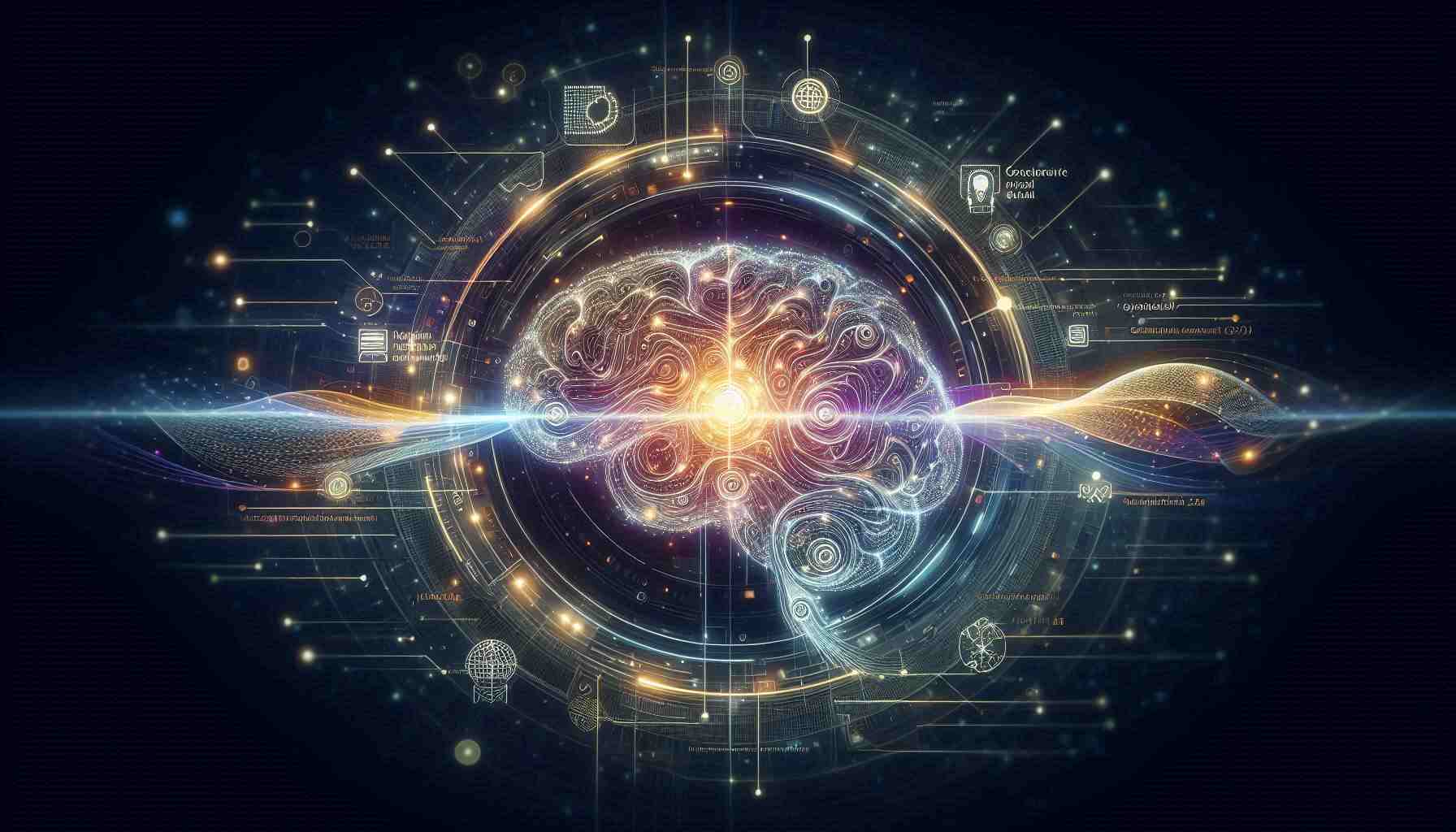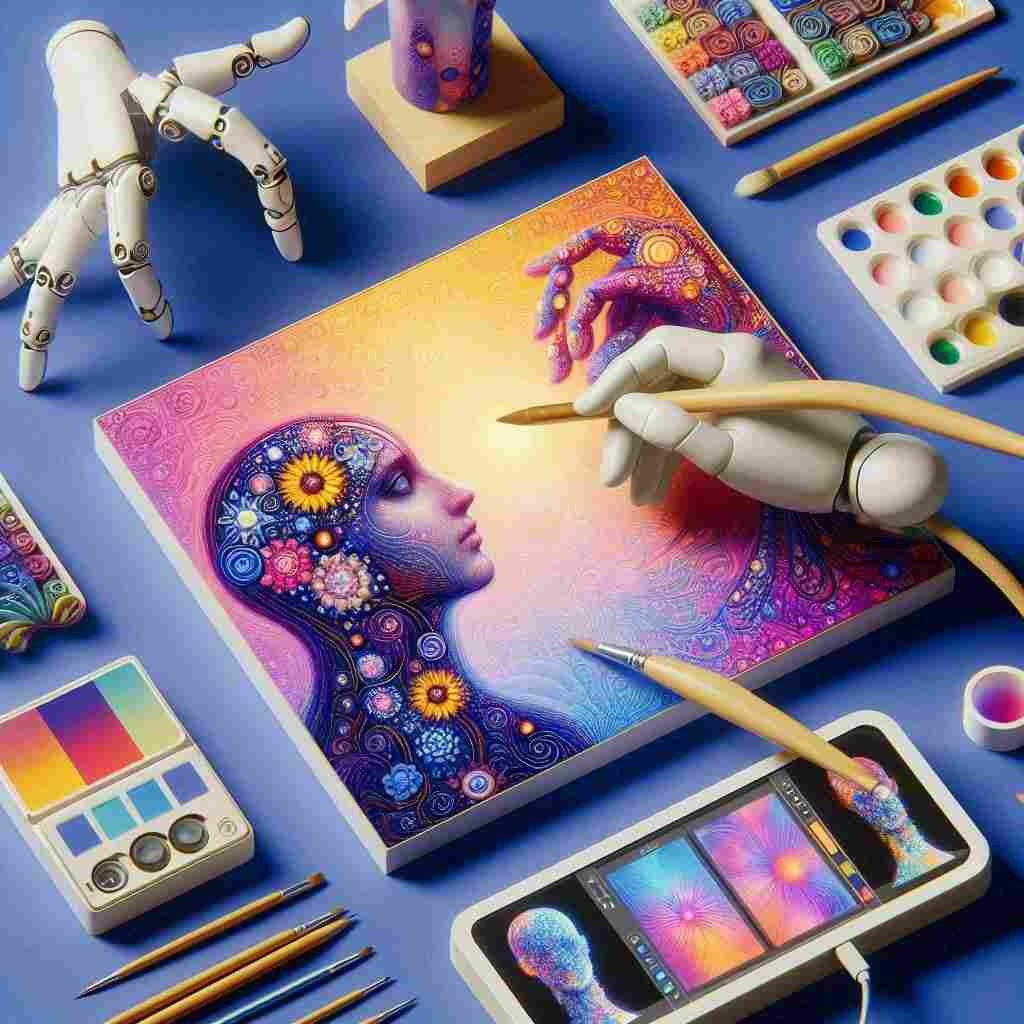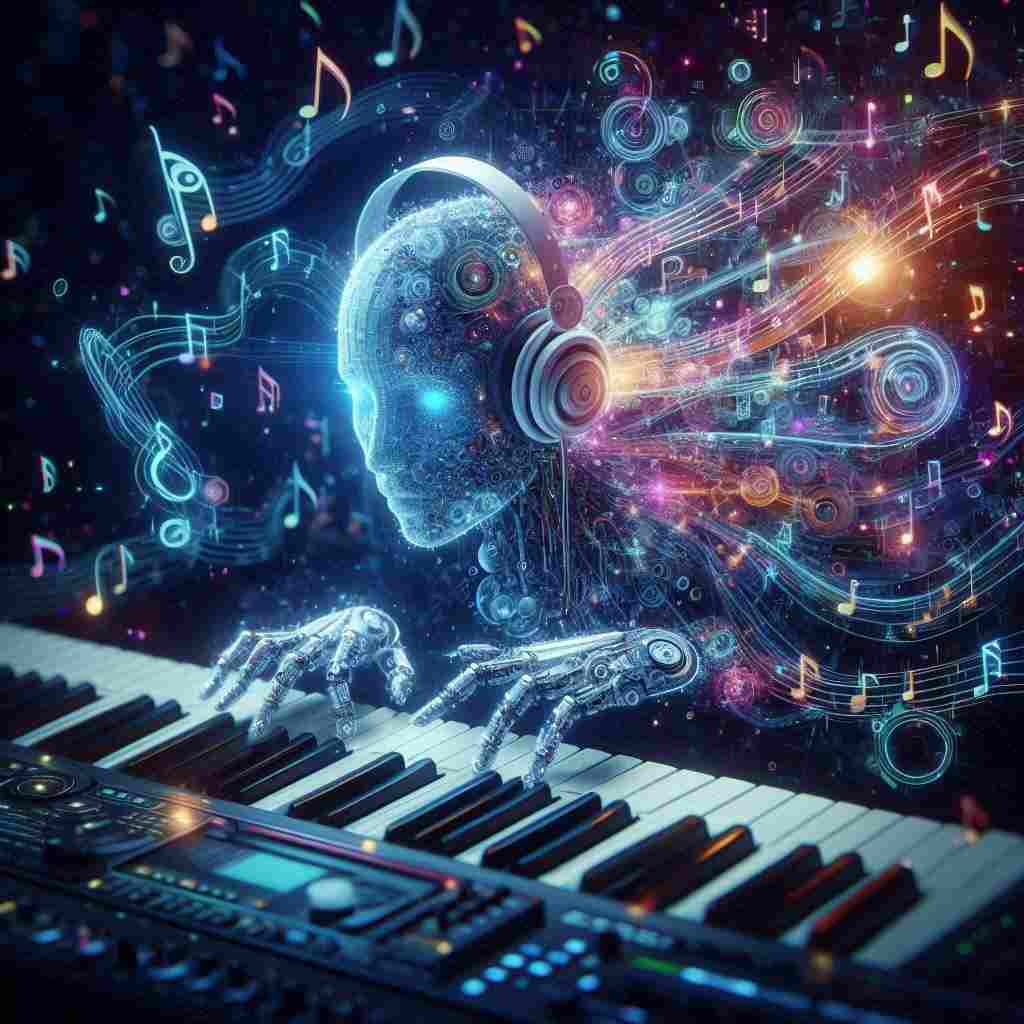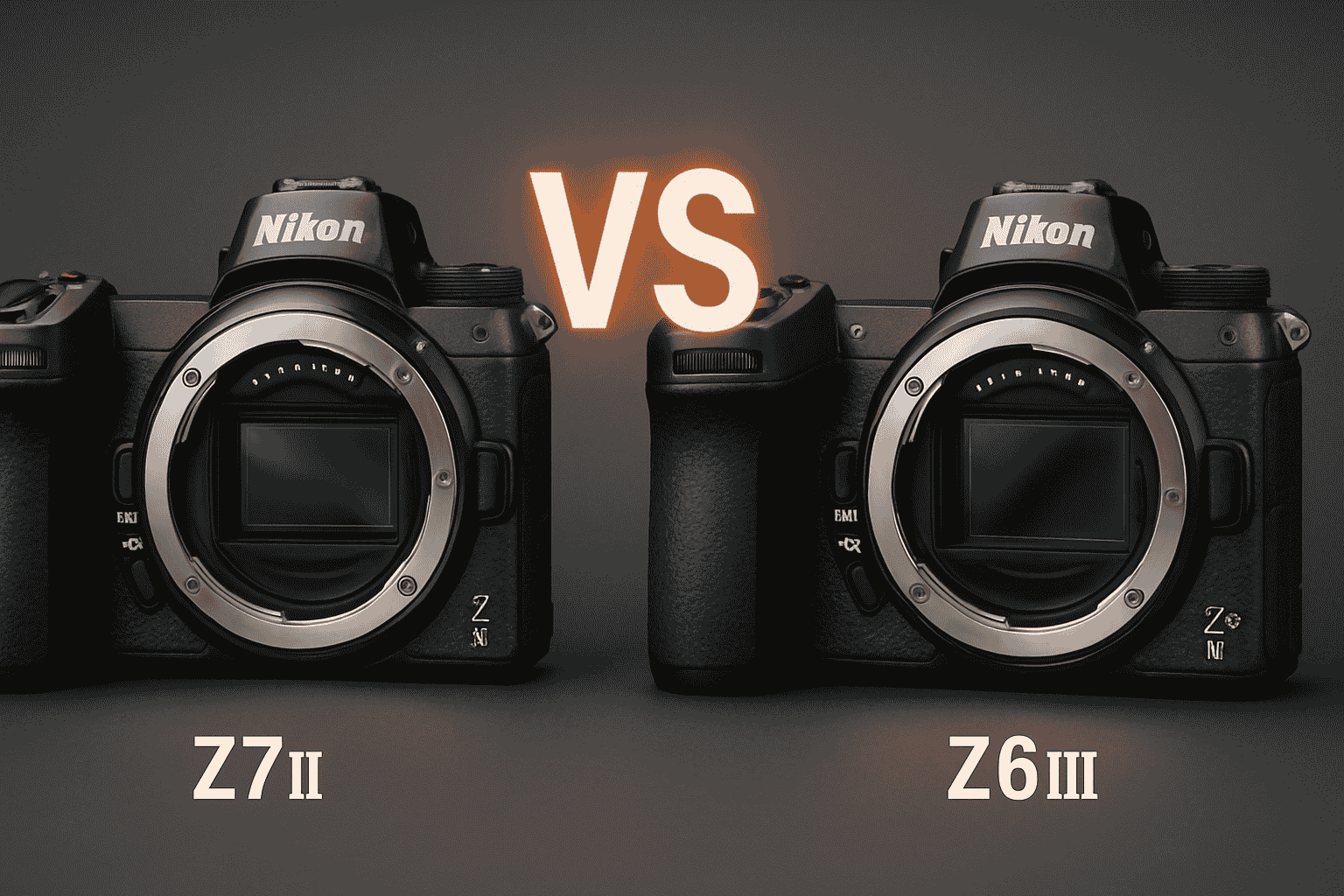
Generative AI has emerged as one of the most transformational technologies of recent years, altering industries and reinventing creativity. As we delve into the primary goal of generative AI model, it’s essential to understand its capabilities, applications, and implications for the future. TechRipple will explore the intricacies of generative AI, answering the question: What is the main goal of generative AI?
Understanding Generative AI
Generative AI refers to a class of artificial intelligence models designed to create new content based on existing data. Unlike traditional AI systems that primarily focus on classification or prediction, generative models learn patterns from large datasets and generate new outputs that resemble the training data. This can include text, images, music, and even videos. The primary goal of generative AI model development is to enable machines to generate creative, human-like content that pushes the boundaries of what’s possible in fields like entertainment, design, and research.
How Generative AI Works
At its core, generative AI operates through complex algorithms and neural networks. These models are trained on extensive datasets, allowing them to recognize underlying patterns and structures. When given a prompt, the model generates outputs that are not mere copies but original creations inspired by the learned data.
- Training Phase: The model learns from vast amounts of data, identifying patterns and relationships.
- Generation Phase: Once trained, the model can produce new content by sampling from the learned distributions.
The primary goal of generative AI model is to produce unique content that emulates human creativity while maintaining coherence and relevance.
Types of Generative Models
Generative models can be categorized into several types based on their underlying architecture:
- Generative Adversarial Networks (GANs): Comprising two neural networks—a generator and a discriminator—GANs work together in a competitive setting to produce high-quality outputs. The generator creates content, and the discriminator determines its legitimacy.
- Variational Autoencoders (VAEs): VAEs encode input data into a latent space and then decode it back into output data. This allows for smooth interpolation between different data points.
- Transformers: Used primarily in natural language processing (NLP), transformer models like GPT-3 generate human-like text by predicting the next word in a sequence based on context.
The Primary Goal of Generative AI Model
The primary goal of generative AI model can be summarized as follows:
- Create New Content: The foremost objective is to generate original content across various mediums—text, images, audio, and video.
- Enhance Creativity: Generative AI aims to augment human creativity by providing tools that can inspire new ideas and concepts.
- Automate Content Creation: By automating repetitive tasks in content generation, it allows creators to focus on more strategic aspects of their work.
- Personalization: Generative models can tailor content to meet individual preferences, enhancing user experience.
What is the Main Goal of Generative AI?
In essence, the main goal of generative AI is to produce fresh, original content that mimics human creativity. It enables machines to generate creative works across various fields rather than merely replicating existing data. This capability has profound implications for industries such as entertainment, marketing, design, and education.
Applications of Generative AI
Generative AI has found applications in many fields:
1. Content Creation
In journalism and blogging, generative AI tools can draft articles or summaries based on specific topics or data inputs. This technology helps writers overcome writer’s block and enhances productivity.

- Example: Tools like OpenAI’s GPT-3 can generate coherent articles based on prompts provided by users. Journalists can use this technology to quickly draft reports or create engaging headlines.
2. Art and Design
Artists are leveraging generative models to create unique artworks or designs. Tools like DALL-E allow users to input prompts that result in stunning visual art pieces generated by AI.

- Example: An artist might input “a futuristic cityscape at sunset,” and DALL-E will generate multiple images based on that description, providing inspiration for further artistic exploration.
3. Music Composition
Generative AI can compose music by analyzing existing compositions and generating new melodies or harmonies that resonate with specific styles or genres.

- Example: Platforms like AIVA (Artificial Intelligence Virtual Artist) allow users to create original music tracks tailored for various media applications such as films or video games.
4. Gaming
In video games, generative models can create expansive worlds, characters, and narratives dynamically, enhancing player engagement through personalized experiences.
- Example: Procedurally generated levels in games like “No Man’s Sky” allow players to explore virtually infinite universes created by algorithms rather than manual design.
5. Healthcare
Generative AI aids in drug discovery by simulating molecular interactions and predicting potential compounds for further research.
- Example: Companies like Insilico Medicine utilize generative models to identify novel drug candidates more efficiently than traditional methods.
Benefits of Generative AI
The advantages of adopting generative AI technology are manifold:
- Increased Efficiency: Automating content creation reduces time spent on mundane tasks.
- Case Study: A marketing team using generative text tools can produce multiple ad variations quickly instead of manually crafting each one.
- Enhanced Creativity: By providing inspiration and new ideas, it fosters innovation across various sectors.
- Example: Designers using generative art tools often find unexpected combinations that lead to groundbreaking designs.
- Cost Reduction: Businesses can save costs associated with manual content creation by leveraging generative models.
- Analysis: Companies using generative design software report lower production costs due to reduced labor hours.
- Scalability: Generative AI allows for rapid scaling of content production without compromising quality.
- Illustration: E-commerce platforms can use generative models to create thousands of product descriptions tailored to different audiences swiftly.
Challenges Facing Generative AI
Despite its potential, several challenges hinder the widespread adoption of generative AI:
1. Quality Control
Ensuring that generated content meets quality standards remains a significant challenge. Models may produce outputs that lack coherence or relevance if not properly trained or fine-tuned.
- Solution: Continuous refinement through user feedback and iterative training processes can help improve output quality over time.
2. Ethical Concerns
The ability of generative models to create realistic deepfakes raises ethical questions regarding misinformation and consent in media production.
- Discussion: The rise of deepfake technology has led to concerns about its misuse in creating misleading information or damaging reputations.
3. Data Privacy
Training generative models requires vast amounts of data, often raising concerns about data privacy and ownership.
- Consideration: Organizations must ensure compliance with data protection regulations when sourcing training data for their models.
4. Resource Intensive
Training sophisticated generative models demands substantial computational resources, which may not be accessible to all organizations.
- Challenge: Smaller companies may struggle with the costs associated with cloud computing or specialized hardware needed for training large-scale models.
Future Prospects of Generative AI
As technology advances, so will the capabilities of generative AI:
- Improved Algorithms: Future advancements will lead to more efficient algorithms capable of generating higher-quality outputs with less training data.
- Prediction: Researchers are exploring techniques like few-shot learning that require fewer examples for effective training.
- Integration with Other Technologies: Combining generative AI with other technologies like augmented reality (AR) and virtual reality (VR) will enhance user experiences across various platforms.
- Vision: Imagine virtual environments where users interact with dynamically generated characters and landscapes powered by generative models.
- Broader Accessibility: As tools become more user-friendly and affordable, a wider range of individuals and businesses will adopt generative AI solutions.
- Trend: Platforms offering no-code interfaces for generating content will democratize access to this technology.
- Ethical Frameworks: Establishing ethical guidelines will be crucial in ensuring responsible use while mitigating risks associated with misuse.
- Initiatives: Organizations are already forming coalitions aimed at creating best practices for ethical use in creative industries.
Real-World Examples
To illustrate the impact of generative AI further, let’s look at some real-world applications:
OpenAI’s GPT Series
OpenAI’s GPT series has revolutionized natural language processing by enabling machines to generate human-like text across various contexts—from casual conversations to technical writing—showcasing the primary goal of generative AI model effectively.
DALL-E
DALL-E is another groundbreaking project from OpenAI that generates images from textual descriptions. Its ability to create unique visuals based on simple prompts demonstrates how far we’ve come in achieving the primary goal of generative AI model—creating original content from minimal input.
NVIDIA’s GauGAN
NVIDIA’s GauGAN allows users to draw basic shapes which are then transformed into photorealistic images using deep learning techniques. This tool exemplifies how artists can leverage generative models for creative expression while achieving their primary goals efficiently.
Conclusion
The primary goal of generative AI model is not just about creating new content; it’s about transforming how we think about creativity and innovation across various fields. By understanding what is the main goal of generative AI—producing original content that mimics human creativity—we can appreciate its potential impact on industries ranging from entertainment to healthcare.
As we continue to explore this exciting technology’s capabilities and challenges, it’s clear that generative AI represents a significant leap forward. The primary goal of generative AI model development is to enhance our ability to harness machine learning for creative purposes. By embracing these advancements, we can unlock new possibilities for innovation while also addressing the ethical complexities they present.





